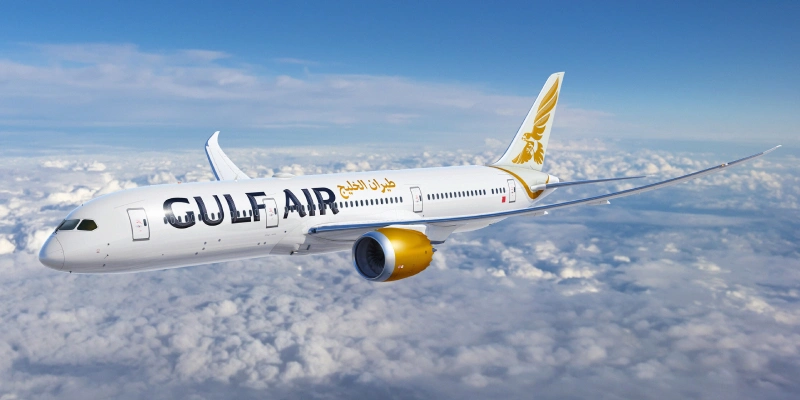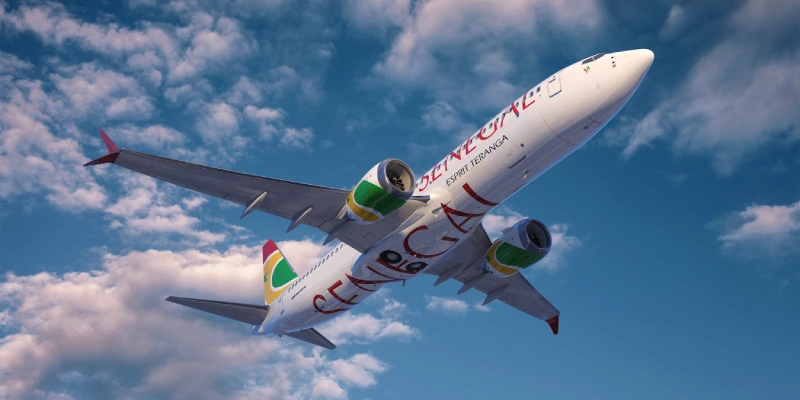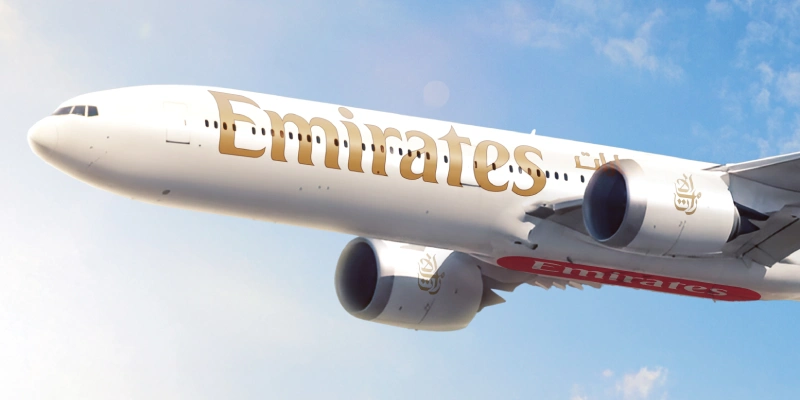The Chinese manufacturer Comac will have to wait between three and six years to obtain European certification for its C919 aircraft, according to Florian Guillermet, Director of the European Union Aviation Safety Agency (EASA), in an exclusive interview with the French magazine L’Usine Nouvelle. Although Comac had aimed to certify the model by 2025, European authorities have made it clear that the process will take longer.
A Process Within Standard Timelines
While the C919 received certification from the Civil Aviation Administration of China (CAAC) in late 2023, European validation involves additional requirements. “As we officially informed them, the C919 will not be certified in 2025,” stated Guillermet from EASA’s offices in Cologne, Germany. “We expect to certify the C919 within three to six years.”
This timeline is not unusual, as commercial aircraft certification typically takes between five and eight years. For the C919, formal collaborations began about four years ago, with two of those years being fully productive.
“We still need to conduct design validation tests for the aircraft and certain components, as well as flight trials,” Guillermet explained. Despite this, he praised Comac’s significant investment in resources, commitment, and technical capabilities, adding, “I have no doubt they will achieve certification.”
→ China Unveils Its Supersonic Bet: The Comac C949
The Role of Bilateral Agreements
The certification process is being conducted under the Bilateral Aviation Safety Agreement (BASA) signed in 2019 between the European Union and China. This agreement, based on the principle of mutual recognition, aims to build progressive trust between the two parties, given that China’s aviation industry is less mature than Europe’s.
“Comac is highly committed and shares all the necessary information to achieve certification,” Guillermet noted. However, unlike its engagement with Europe, the Chinese company has not sought certification from the U.S. Federal Aviation Administration (FAA), reflecting the current geopolitical tensions between the two countries.
A Global Commercial Challenge
Comac is strongly focused on exporting the C919, which already operates in China and some neighboring countries. EASA certification will be a crucial step to expand its market to regions like Africa and Asia. “The European agency’s approval carries undeniable commercial and international value,” Guillermet emphasized.
Although 80% of the C919’s suppliers are American and European, including Leap engines jointly produced by Safran and GE Aerospace, the evaluation focuses on the aircraft’s overall integration and design.
Steady Growth in Orders and Deliveries
According to Cirium’s analysis, the C919 has accumulated approximately 1,000 orders, representing about 10% of the global demand for single-aisle aircraft. While it has yet to rival Airbus’s A320neo or Boeing’s 737 MAX, its deliveries are increasing.
Comac delivered its first C919 in 2022 from its Shanghai factory, followed by two units in 2023 and thirteen in 2024. By 2025, the company plans to reach 30 annual deliveries, with the goal of producing 150 units per year within five years.
The path to the C919’s international consolidation will not be immediate, but Comac is demonstrating both determination and technical capability to compete in a market long dominated by commercial aviation giants.
Related Topics
Gulf Air Orders Additional Boeing 787 Aircraft
Dubai Airshow: Air Senegal Commits to Purchasing Nine Boeing 737 MAX Jets
Dubai Airshow: Ethiopian Airlines Bolsters Its Fleet with 11 Additional Boeing 737 MAX
Dubai Airshow: Emirates Orders Another 65 Boeing 777X Jets

Plataforma Informativa de Aviación Comercial con 13 años de trayectoria.




